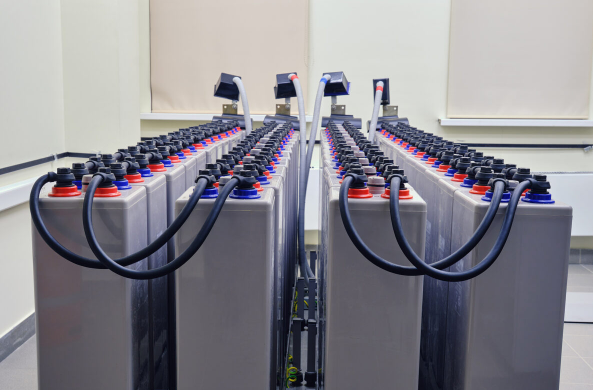The capacity of lead-acid batteries decreases over time due to several factors:
- Sulfation: This is the formation of lead sulfate crystals on the battery plates. Over time, these crystals can become large and hard to dissolve, reducing the battery’s capacity.
- Corrosion: The battery’s positive plates can corrode over time, especially in hot climates, which decreases the battery’s capacity and lifespan.
- Loss of Active Material: The active material on the battery plates can shed or become inactive due to deep discharges, overcharging, or high current loads.
- Electrolyte Stratification: In flooded lead-acid batteries, the electrolyte can stratify, or separate into layers of different densities, which can lead to uneven charging and discharging, reducing capacity.
- Self-discharge: Lead-acid batteries naturally lose charge over time, and repeated deep discharges can reduce capacity.
Proper maintenance and charging practices can help slow down these processes and extend the lifespan and capacity of lead-acid batteries.


